
Polk said that the Objectives aren't to keep you from flying a mission its to protect you from the space environment Saying too we would have never known about some of the issues like the eyesight adeama's being reported. Also saying that a Flight to Mars will be different. 



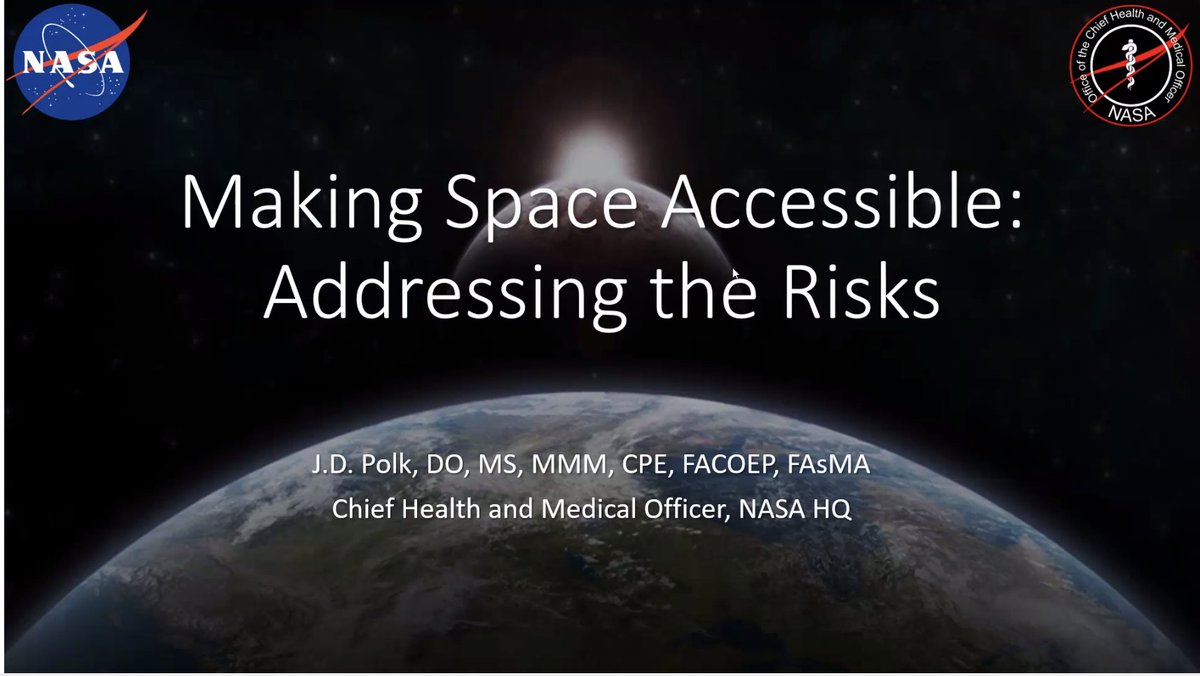



On Standards: We almost make them sound biblical you are really holding firm to maintain the quality and safety of the mission requirements are different and can be waived. Requirements are areas we can address the risk & get ti back into the standards. 


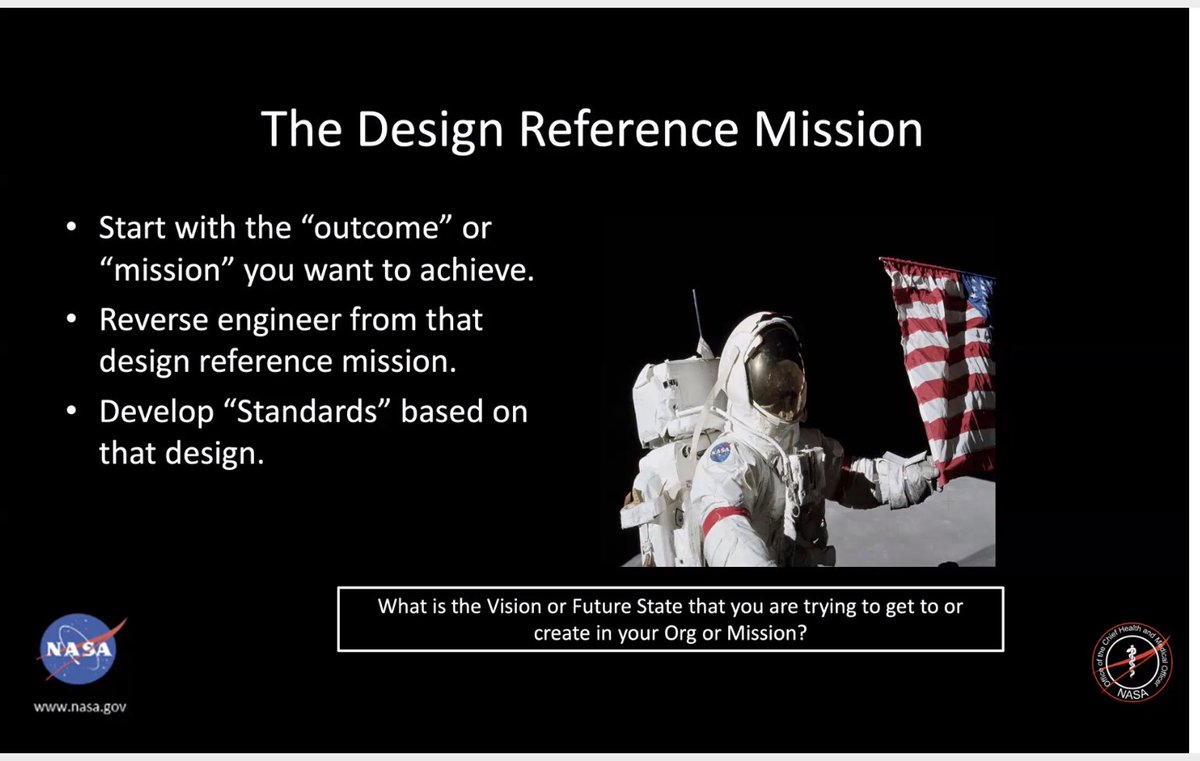


This also impacts requirements on the vehicle design fonds on circuit breakers or controls for instance. and can they be adjusted for different points in a long-duration flight? 

And what is the Fault Tolerance, Airliners have 2 hydraulic systems there is even the ablity to lower a landing gear manually. Have to have that fault tolerance in case something doesn't work? Want to fly safely as possible. 

Directed research is very important to understand the impacts to human beings. People think Astraunauts are incredibly healthy and they are but there are some of the occurrences observed afterward. We've addressed and mitigated risk and re-enabled an astronaut to fly 

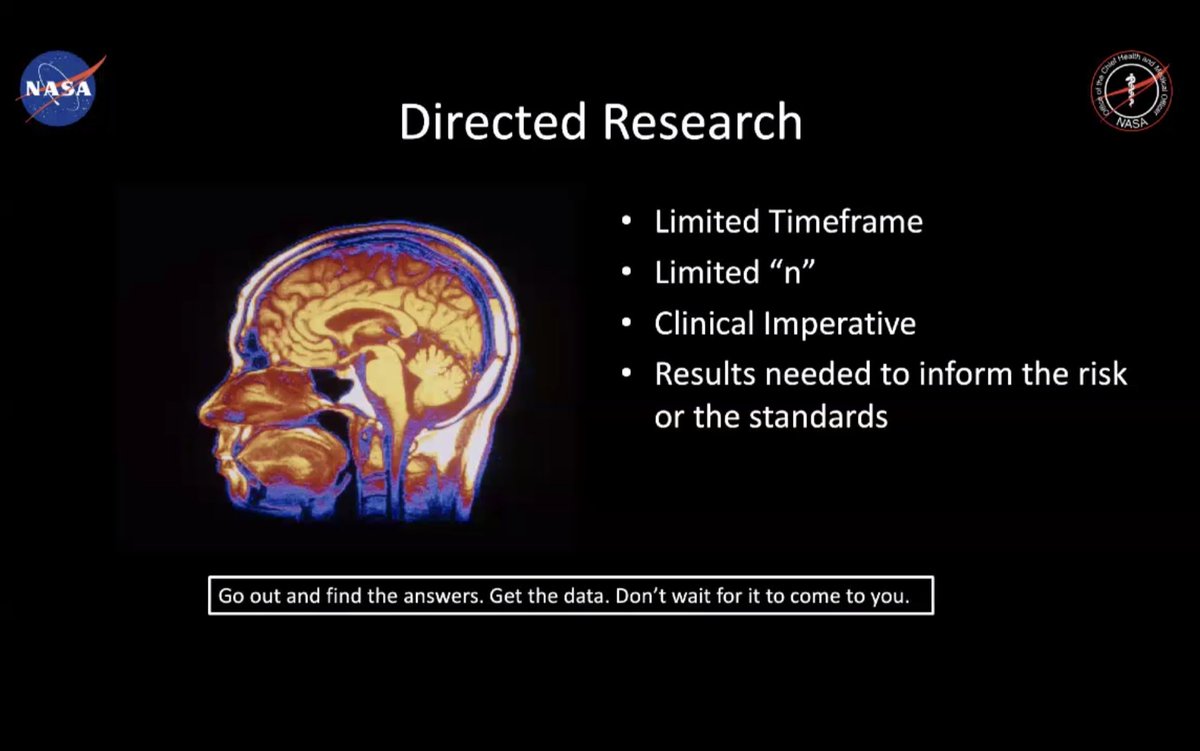
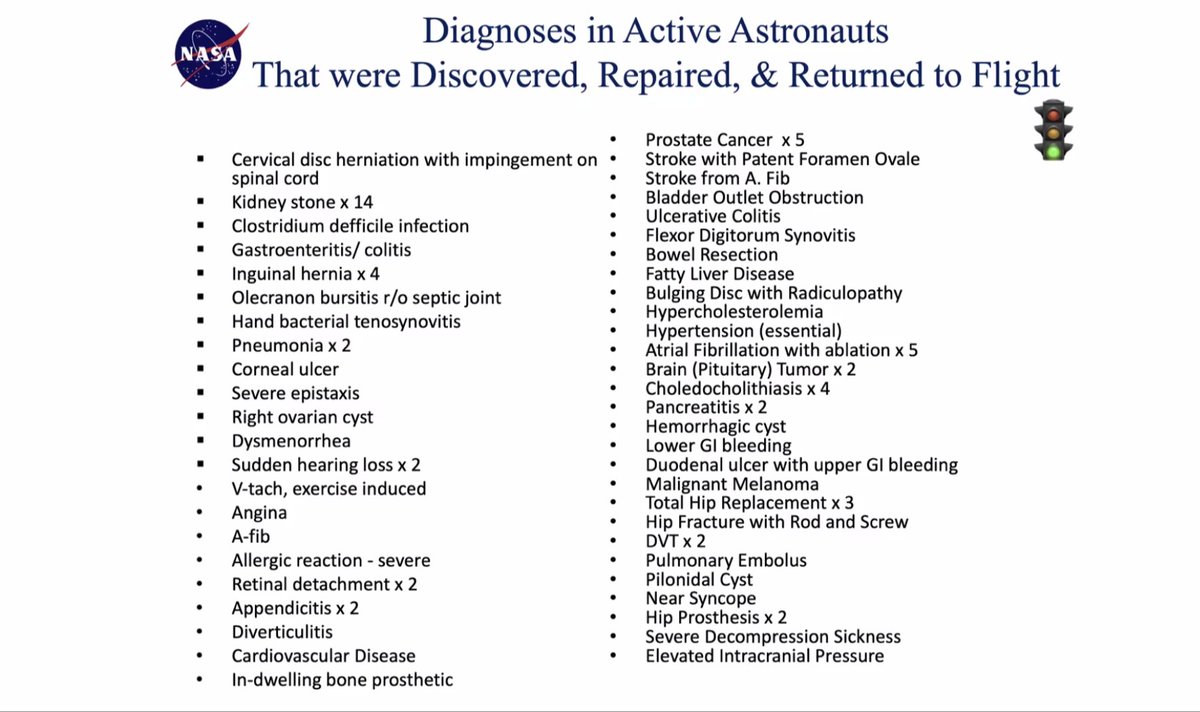
PS- We've flown hip and bone prosteitics before the #Inspiration4 mission but we're not in the habit of calling that out. Didn't want to take away from Hailey's time and change that narrative. Didn't want to come in and "rain on their day." 

We do what to however make it known that we have flown astronauts with these things and mitigated certain risks.
In the military people with missing limbs people have been granted waivers even for flying. Even in the FAA they have mitigated those with lower prostetics. The whole idea is to make sure function is there 

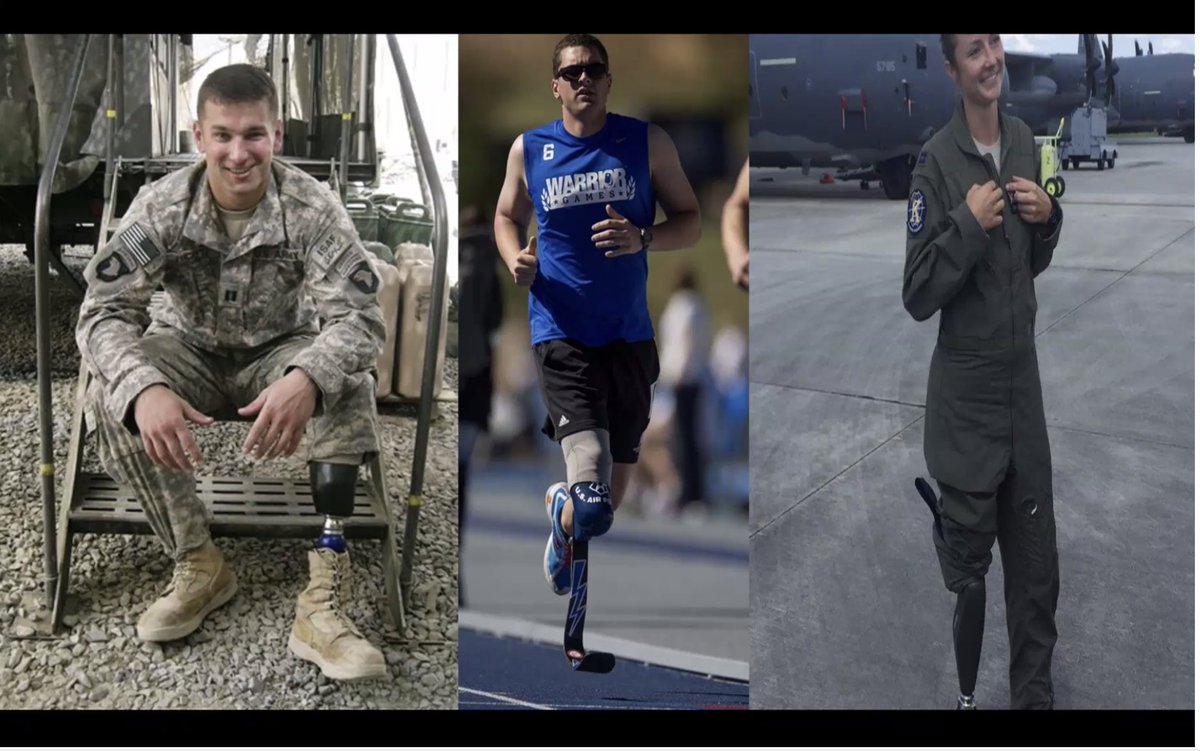

Some of the risks for spaceflight Limbs shrink and you have skin breakdown, how to you clean the prosthetic and keep the skin clean. In a space suit can you make the prosthetic that decreases conductivity? Answer: Yes. 

Have talked with prosthetic creators to mitigate those risks Might even fly different prostetics for EVA, launch and landing also want to make sure they get pressure in the right places. For example this prosthetic might want to fly this in a suit. 
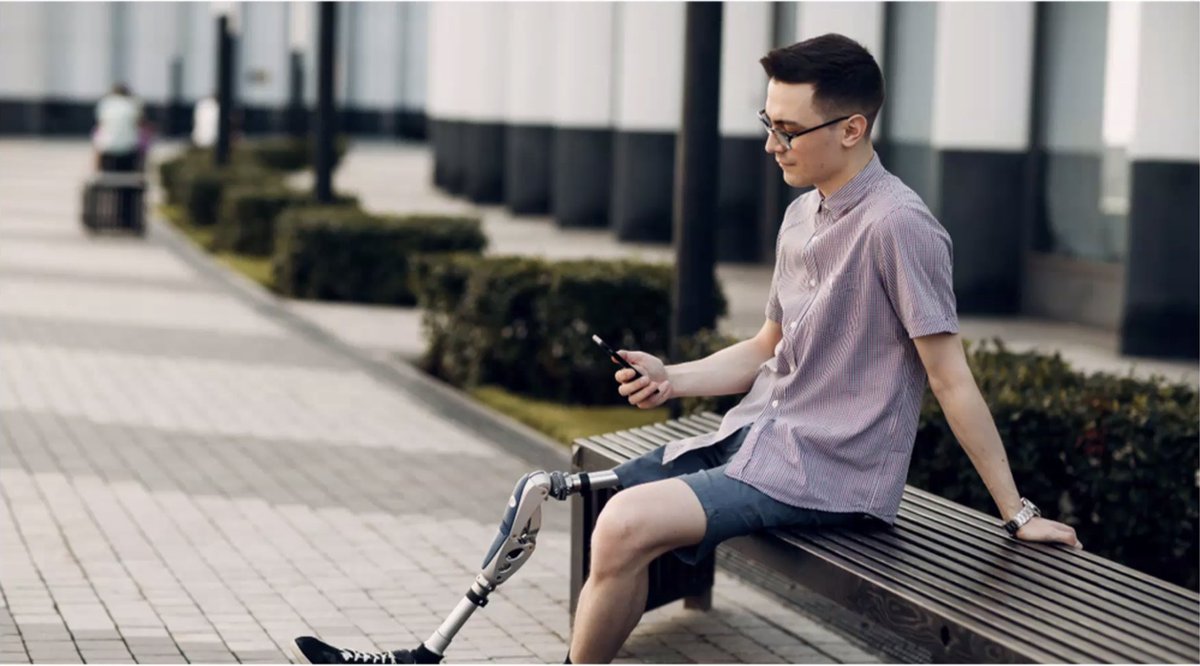
Even explored the transgender area, what are the medical issues? Looking at all of those risks to try to expand spaceflight for everyone. 

Dr. Polk ending his presentation saying that the medical standards and requirements arent there to prevent a person from flying. 

• • •
Missing some Tweet in this thread? You can try to
force a refresh













